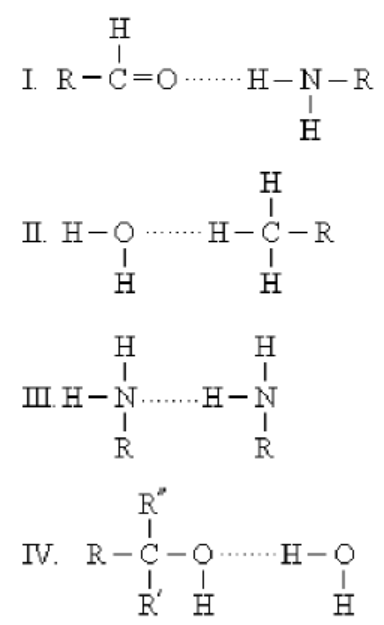#Question id: 7259
#Unit 5. Developmental Biology
The mechanism that triggered to initiate limb bud formation involes:
A. making mesoderm instructive for limb formation
B. inducing epithelial-to-mesenchymal transitions
C. making mesoderm permissive for limb formation
D. inducing mesenchymal-to-epithelial transitions
E. specifying forelimb and hindlimb
Which of the following combinations are incorrect?
#Question id: 5522
#Unit 5. Developmental Biology
In reptiles, birds, and mammals, mesoderm is made by invagination and involution into the
#Question id: 5523
#Unit 5. Developmental Biology
Ectodermal cells condense into placodes that change into
#Question id: 5524
#Unit 5. Developmental Biology
Interaction of the optic stalk with ectoderm makes the development of the
#Question id: 5525
#Unit 5. Developmental Biology
"ontogeny recapitulates phylogeny" means
#Question id: 5526
#Unit 5. Developmental Biology
The allantois

